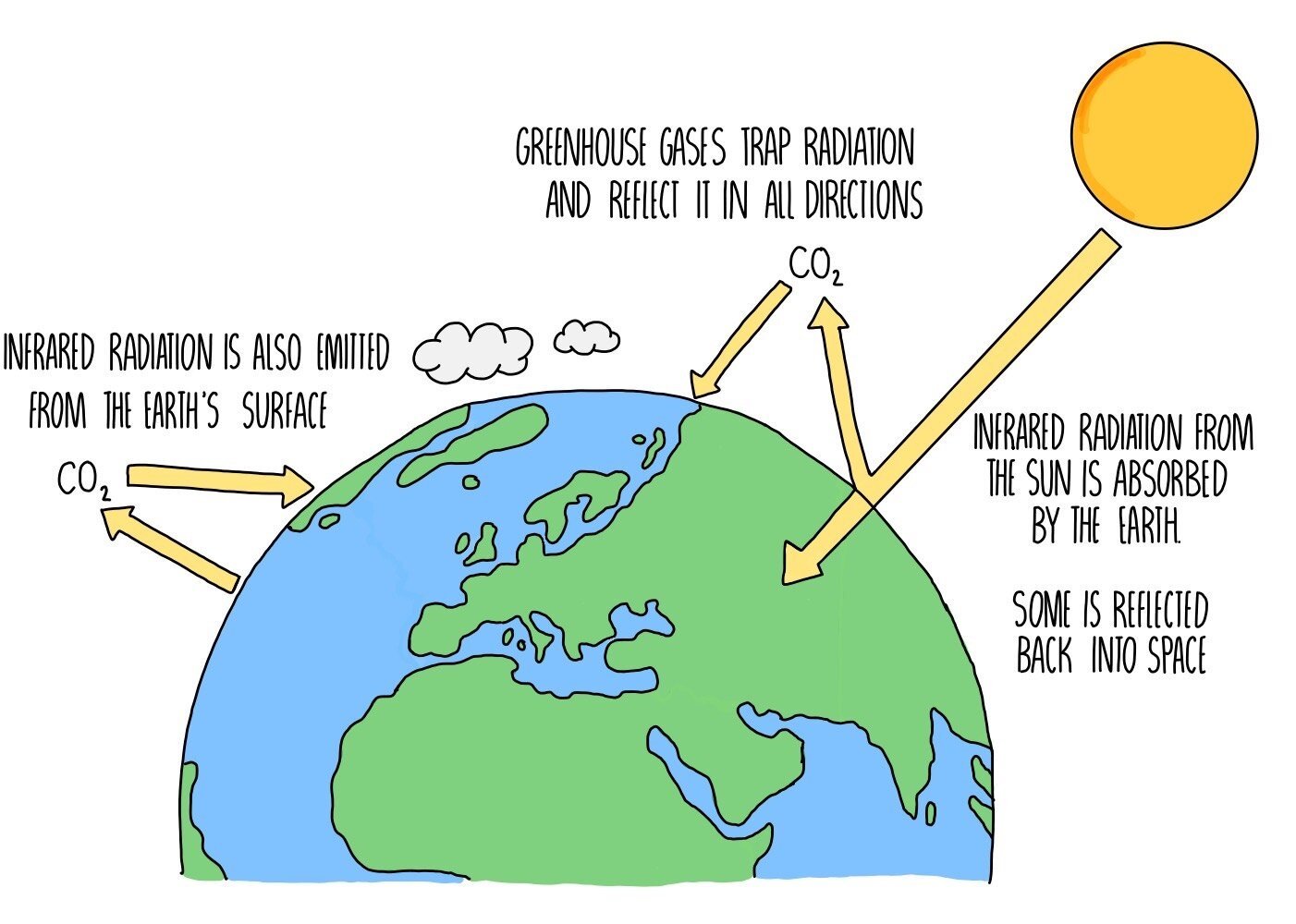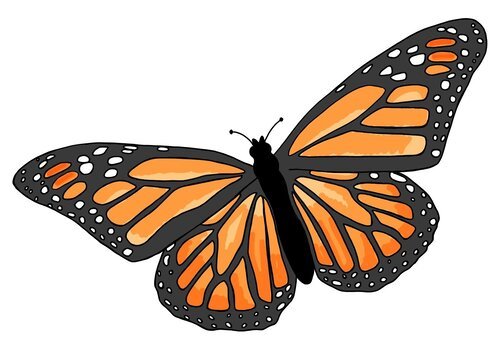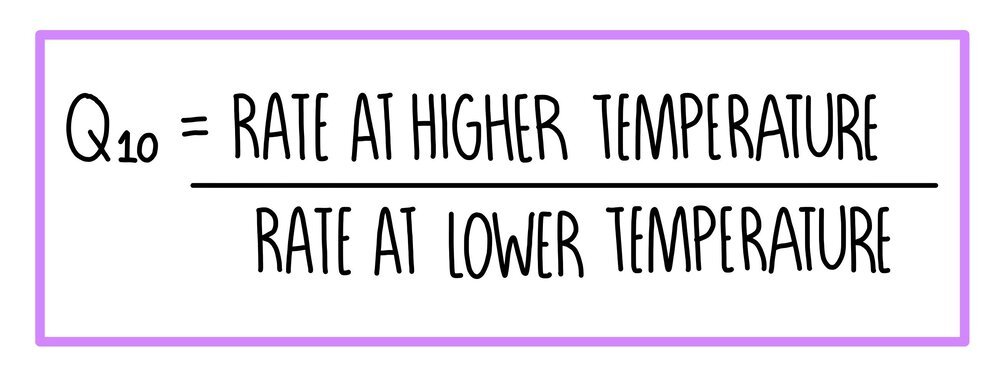Climate Change
Climate change
Climate change describes the gradual change in weather patterns in a region over a long period of time. It happens naturally (such as the increase in temperature after the last ice age) but is accelerating due to human activities. Global warming is a type of climate change caused by the release of greenhouse gases, such as carbon dioxide and methane. These gases trap heat energy that is radiating back from the Earth’s surface, trapping the heat in the Earth’s atmosphere. This causes the global temperature to increase and can lead to severe weather conditions such as draught, flooding and typhoons.
Since the Industrial Revolution, carbon dioxide concentration in the atmosphere has been increasing due to increased use of fossil fuels and deforestation. Trees are able to absorb carbon dioxide and store it as organic compounds, so we refer to them as carbon sinks. Cutting down trees destroys these natural carbon sinks.
Levels of methane in the atmosphere have also increased due to the burning of fossil fuels and cattle farming. Methane is also trapped in ice so as the Earth’s temperature increases and icy ground and glaciers begin to melt, natural stores of methane are released into the atmosphere.
Evidence for climate change
Scientists have collected data to support the fact that climate change is happening from three main sources: temperature records, dendrochronology and pollen in peat bogs.
Temperature records - data for global temperature has been recorded since 1850. The records show that global temperatures remained fairly stable until around 1910. From 1910 to the present day, global temperatures have been gradually and steadily increasing. It is a reliable source of data but only concerns a relatively short time period.
Dendrochronology - dendrochronology is the study of tree rings. Trees usually produce one ring each year. Tree rings provide evidence that the Earth’s temperature is increasing because the tree grows faster in warmer temperatures which causes the tree rings to become thicker. Scientists can take cores through the tree trunks and prove that climate change is happening by showing that the tree rings are getting thicker over time.
Pollen in peat bogs - peat bogs are marshy, wetland areas which often trap pollen. Peat bogs accumulate in layers so the age of the pollen in the peat bog can be determined by its depth. Cores can be taken of the peat bog and used to show that the species of plants that has been growing nearby has changed over time. If we see a drop in plant species which grow best in colder temperatures or an increase in plants which prefer warmer conditions, this indicates that climate change has taken place.
Models of climate change
The Intergovernmental Panel on Climate Change (IPCC) has used data about greenhouse gas concentrations to create models of global warming and make predictions about what may happen in the future. They have proposed different scenarios as to what might happen:
Scenario 1: this is the best case scenario - greenhouse gas emissions are significantly reduced
Scenarios 2 and 3: greenhouse gas emissions continue to increase but eventually level off
Scenario 4: this is the worst case scenario - greenhouse gas emissions continue to increase for the forseeable future
The problem is with creating models for future global warming patterns is that we have no idea which of the scenarios is correct. We also don’t know how much the global temperature will increase due to elevated emissions. The scenarios haven’t taken into account the change in greenhouse gas concentrations due to natural causes. It is also difficult to say the exact effect that increased emissions will have on the climate because of the complex feedback systems which dictate weather patterns.
Effects of increasing temperature on living organisms
An increase in global temperature will affect how fast organisms can grow - this means it will change the speed of their development and life cycle. This is because growth depends on metabolic reactions which are catalysed by enzymes. As temperature increases, enzymes move around more and collide more often with substrate molecules. As the global temperature approaches the enzyme’s optimum temperature, the growth rate of the organism will steadily increase.
However, if temperatures exceed the optimum temperature for a particular organism, growth rate will slow down since enzymes become denatured. When temperatures become too high, the enzyme vibrates so much that hydrogen bonds within its structure break and the enzyme loses its shape. Metabolic reactions slow down, which slows the development and life cycle of the organism.
Increasing global temperature will also affect the distribution of different species. As temperatures around the world change, organisms will move to where the conditions are most suited to their survival. If they are unable to move (e.g. plants), they may become at risk of extinction.
Effects of altered weather events on living organisms
Climate change doesn’t just increase overall temperatures but also disrupts weather events. For example rainfall patterns are altered (wet regions become wetter and drier areas become drier) and seasonal cycles change.
Butterfly migration is affected by changing seasonal cycles.
Changing rainfall patterns will affect the development and life cycles of some organisms. For example, rainfall in areas of southern England has been decreasing which has threatened the survival of the Beech tree. If the region becomes even drier, the tree will struggle to survive.
Changing seasonal cycles will also affect the development and life cycles of some organisms. For example, red deer are giving birth earlier in the year in response to changes in the seasons. It will also affect their distribution - for example, the migration patterns of many species of birds are disrupted by seasonal changes.
How carbon cycles through ecosystems - The carbon cycle
Carbon dioxide is released into the atmosphere through respiration and the combustion of fossil fuels. It can be absorbed by plants and converted into glucose in photosynthesis. When plants are eaten by animals, the carbon stored in organic molecules is used to synthesise organic molecules within the animal. When plants and animals die, decomposers break down and respire the organic molecules, adding carbon dioxide to the atmosphere again. In the absence of decomposers (i.e. in bogs or deep oceans), the carbon compounds can be converted into fossil fuels by high temperature and pressure and a time frame of millions of years.
By understanding the carbon cycle, we can see how strategies of reducing atmospheric carbon dioxide levels can have two approaches:
Minimising the amount of carbon dioxide released in combustion reactions (burn less fossil fuels).
Maximising the amount of carbon dioxide absorbed for photosynthesis (plant more trees).
Reducing carbon dioxide levels
There are several strategies for reducing the amount of carbon dioxide we emit into the atmosphere - some are better than others and different people have different perspectives about which is the best approach:
Using biofuels as an alternative to fossil fuels - biofuels are fuels which are produced from plants, which make it a sustainable resource since new plants can be grown to replace the ones used for biofuel. Biofuel releases carbon dioxide when it is burnt, but since this is the same amount of carbon dioxide absorbed by the plants for photosynthesis, there is no net increase in carbon dioxide levels (it is carbon-neutral). Biofuels are cheaper than fossil fuels and farmers can usually make more money from them because of government subsidies. However, the plants which are used for biofuels grow best in warmer climates (usually developing countries) where some of the population don’t have enough food to eat. Using fields in these countries to grow biofuel rather than food is therefore a controversial issue. Conservationists may also oppose this strategy since it may involve clearing forests to make space to grow the plants in the first place.
Reforestation - reforestation involves planting more trees in existing forests where trees have been cut down in the past. More trees mean that more carbon dioxide is absorbed in photosynthesis, reducing carbon dioxide levels in the atmosphere.
Increased use of renewable energy - wind, tidal and solar energy can all be harnessed and used as a sustainable energy resource. There are people who may be against using certain renewable energy resources, for example, wind turbines can kill birds which fly into them and some bird conservationists are opposed to their use. The use of wind energy has also received opposition from communities which don’t want wind farms in their town spoiling the natural landscape.
Investigating the effects of temperature on organisms
You can measure the effects of increasing temperature on plants by looking at the growth rate of seedlings and on animals by measuring how fast brine shrimp hatch.
Seedling growth rate experiment
Method:
- Take seedlings of the same age and plant variety and plant in five trays containing soil. Measure the initial height of each seedling.
- Place each of the five trays in an incubator set to a different temperature (e.g. 12oC, 16oC, 20oC, 24oC, 28oC)
- Leave for one week and measure the increase in height of each
- Calculate growth rate by dividing the change in height by the growth time.
- Results: as temperature increases from 12 to 28 degrees, the growth rate also increases.
Control variables: light intensity, carbon dioxide concentration, water content of soil
Brine shrimp hatch rate experiment
Method:
Place ten brine shrimp eggs in water baths set to a different temperature.
Every five hours, count how many shrimp have hatched in each water bath.
Calculate hatch rate by dividing the number of hatched brine shrimp by time in hours.
Results: as temperature increases (up to around 30 degrees), hatch rate increases.
Control variables: oxygen concentration of water, salt concentration of water, volume of water.
Investigating the effect of temperature on an enzyme-controlled reaction
You can investigate the effect of temperature on enzymes using the catalase experiment. Catalase is an enzyme which catalyses the breakdown of hydrogen peroxide into hydrogen and oxygen.
Method:
Add a set volume/concentration of hydrogen peroxide to a test tube along with a set volume of buffer solution to control pH.
Place a bung on top of the test tube and connect to an inverted measuring cylinder using delivery tubing.
Using a pipette, add catalase the test tube. Quickly re-insert the bung and delivery tube.
Measure the volume of oxygen produced in the measuring cylinder every ten seconds for the first minute of the reaction (using a stopwatch to record the time).
Repeat steps 1 - 4 two more times. Calculate the mean volume of oxygen produced at each ten second time interval.
Repeat the experiment at different temperatures to see how increasing temperature affects initial rate.
Control variables: volume of catalase, volume and concentration of hydrogen peroxide solution, pH.
Plot a graph with time on the x-axis and volume of oxygen on the y-axis. You can determine the initial reaction rate by drawing a tangent to the curve at t = 0. Draw a straight line against the curve right at the beginning of the reaction and calculate the gradient by dividing the change in y by the change in x.
Temperature coefficient Q10
The temperature coefficient, Q10, tells you how much reaction rate changes when the temperature is raised by 10 degrees. It is calculated using the equation:
When Q10 = 2, the rate is doubling for every 10oC increase in temperature. When Q10 = 3, the rate trebles for every ten degree increase. Most enzyme-catalysed reactions have a Q10 of around 2.






